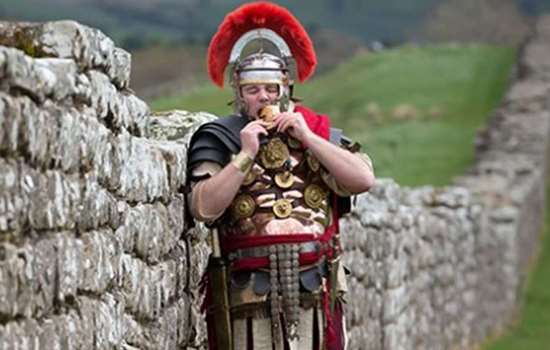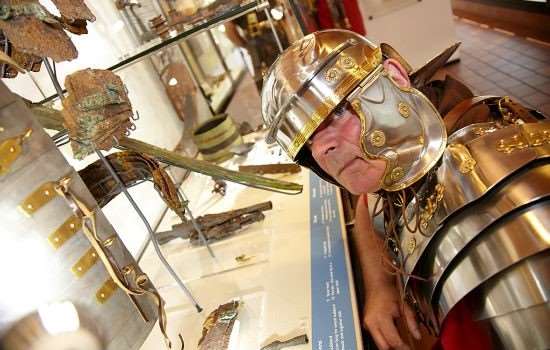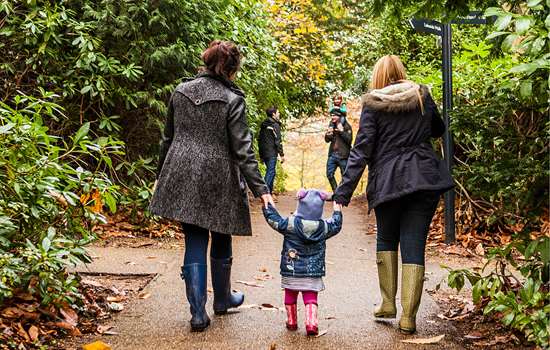MORE TO EXPLORE
-

LIFE AS A ROMAN SOLDIER IN BRITAIN
Take a look at what was important to Roman soldiers living in Britain and what objects reveal about their daily life.
-

THE CORBRIDGE HOARD
See a fascinating display at Corbridge Roman Town, which shows one of the most significant finds in Roman history.
-

BECOME A MEMBER
Enjoy a whole year of unlimited access to more than 400 historic places, and free or reduced entry to our events.